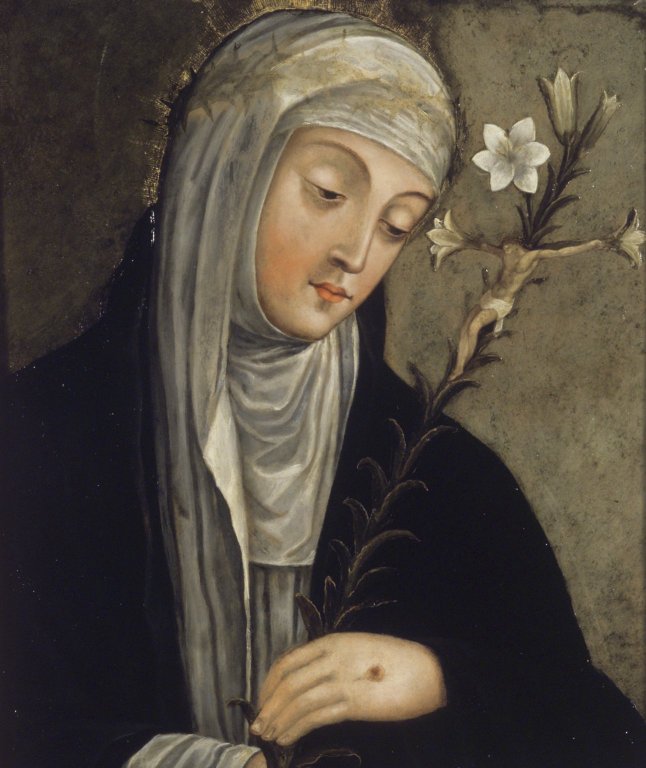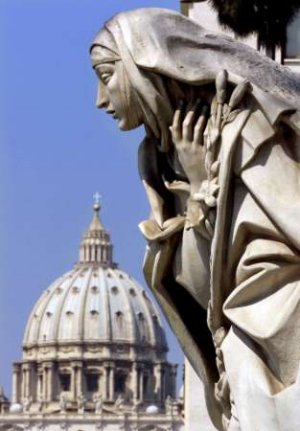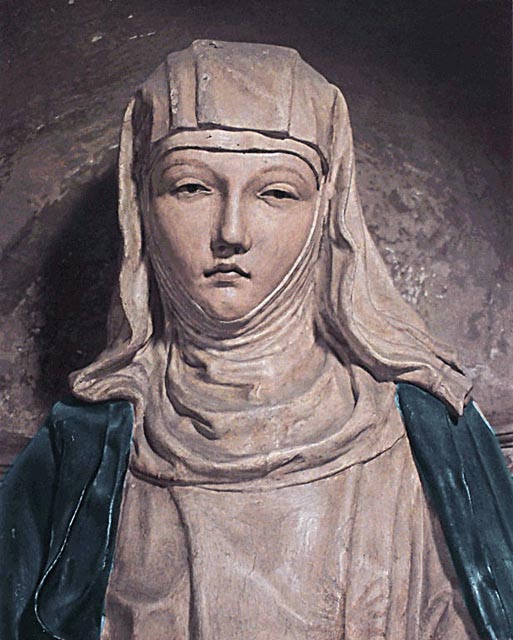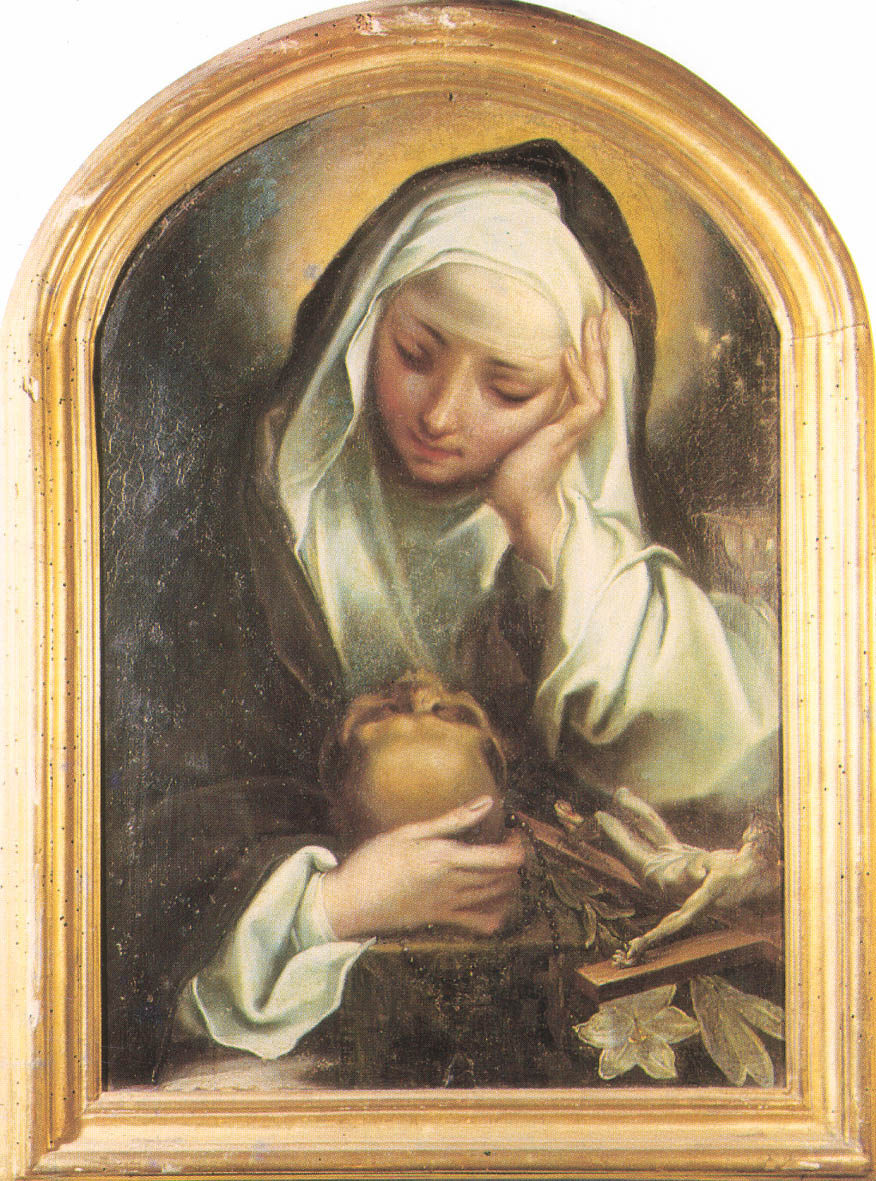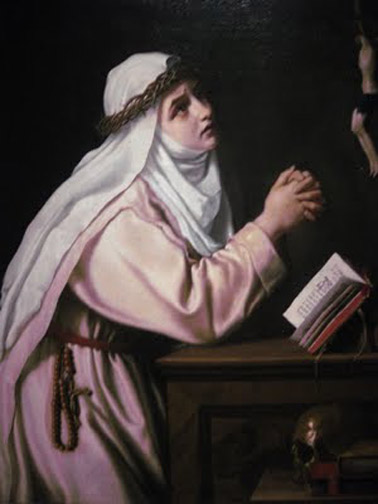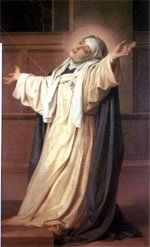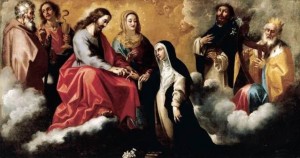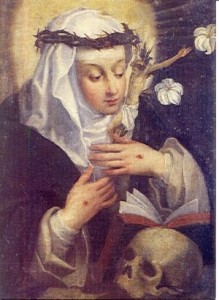Podcast: Play in new window | Download (Duration: 31:12 — 21.5MB) | Embed
Subscribe: Apple Podcasts | Spotify | Amazon Music | Android | Pandora | iHeartRadio | JioSaavn | Podchaser | Gaana | Podcast Index | Email | TuneIn | Deezer | Anghami | RSS | More
Episode 22 – Beginning to Pray: St. Catherine of Siena
From Dr. Anthony Lilles’ “Beginning to Pray” blog site:
Catherine of Siena – Passion for Truth
She is an important figure for those who see a rediscovery of prayer as the force of renewal in the Church. Because she put her devotion to Christ first, she found herself with a spiritual mission to help restore the life and unity of Christ’s body. Some of her efforts met with a little success. But as she approached her death at the age of 33, her lifetime of effort in building up the Church seemed to be in vain. Corruption, scandal, cowardice – and most of all indifference – seemed to infect the Church even more. (For more on her life, go to http://www.newadvent.org/cathen/03447a.htm.) Yet she never lost hope and she persevered in prayer. This is because she understood the love and mercy of God.She was uneducated, but in 1377, by a miracle, she learned to write. Even so she retained secretaries to whom she dictated most of her thoughts. Her master work on the spiritual life is known as the Dialogues. These are conversations between her soul and God the Father. God the Father reveals his deep love for his Son and his plan to build up the Church. One of the beautiful aspects of this conversation is the Father’s explanation for how each soul can come to know Jesus.
Christ is the bridge to the Father and we cross this bridge by allowing our hearts to be pierced by what the Lord has done for us. The passion of Christ reveals at once the truth about who God is and who we are in his sight. For her, among the greatest blocks to the spiritual life is ignorance. Knowledge of God and knowledge of self go hand in hand in progressing toward spiritual maturity. But the knowing is not simply an intellectual trip. It as the kind of knowing informed by the loving affection of a real friendship. The friendship she describes in tender terms evokes the deepest joys and sorrows all at once.
The gift of tears, so central to early Dominican spirituality, is a beautiful part of this description. She presents those holy affections as the only proper response to the great love revealed in Christ crucified. These tears move us away from sin and into the very heart of God. She describes this as a journey that begins with kissing the feet of Jesus and entering into his wounded side. For her, intimacy with the Lord is always through the Cross and informed by a profound gratitude and humility.
One other beautiful feature of her spirituality is her understanding of virtue. This understanding is not quite classical in that she goes beyond the generic definition of a virtue as a good habit. Instead, she addresses a problem that is related to life in the Church. She notices that different Christians excel at different virtues. One might have a special aptitude for the art of getting on with others and is a special source of justice in the community. Another may be especially able to enter into the heart of someone enduring great difficulty and brings to the Church a particular awareness of mercy. Still another might have a profound gift of prayer. The question she takes up is why has the Father given different gifts to different members of the Body of Christ.
In the Dialogues, the Father explains to her that He has distributed his bountiful gifts in this way so that each member of the Body of Christ must rely on all the other members and at the same time each member bears a particular responsibility to support the Body of Christ commensurate to the gifts he has been given. In other words, his has distributed his gifts in a manner that disposes us to love one another. And the Father is counting on this mutual love, this genuine fellowship. It is part of His plan that as we cross Christ the Bridge we enter into communion with Him not merely individually, but together as a family.
The family of God requires a new kind of love, a love which only God can give us. A beautiful foundation is laid for what will later be understood as a “call within a call,” that particular mission each one is entrusted with in the eternal loving plan of God. On one hand, answering this call involves some suffering – just as Mother Theresa in our own time discovered. But those who endure this would not have it any other way. There is a certain joy and fullness of life that one discovers when one generously embraces the loving plan of the Father. The possibility of this joyful fulness makes Catherine’s message to the Church dynamically attractive.
For those beginning to pray, Catherine sheds light on the importance of truth, devotion to Christ and the life of the Church. These things organically hang together in her vision of the spiritual life so that growing in prayer goes beyond the merely therapeutic: it opens up the possibility of fully thriving, of living life to the full.
For other episodes in the series visit the Discerning Hearts page for Dr. Anthony Lilles



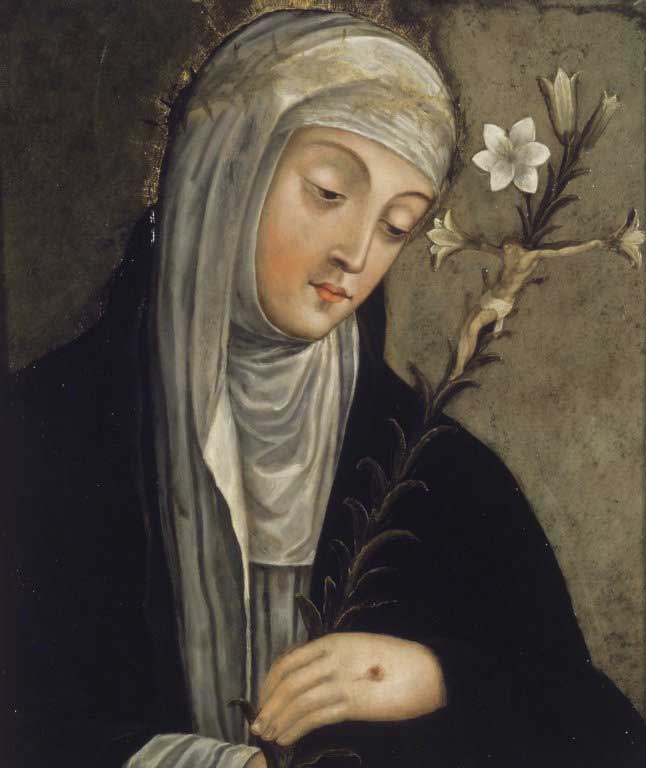
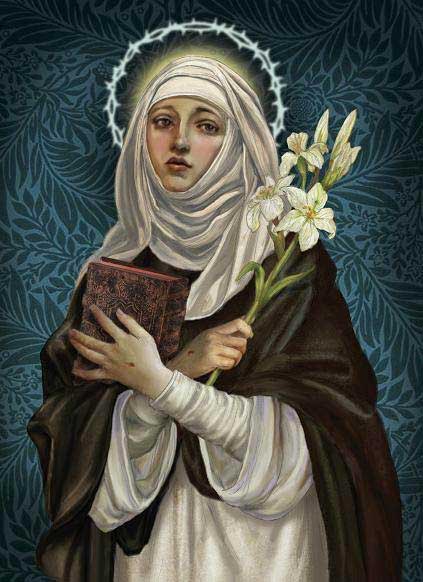 O Supreme and Ineffable God
O Supreme and Ineffable God